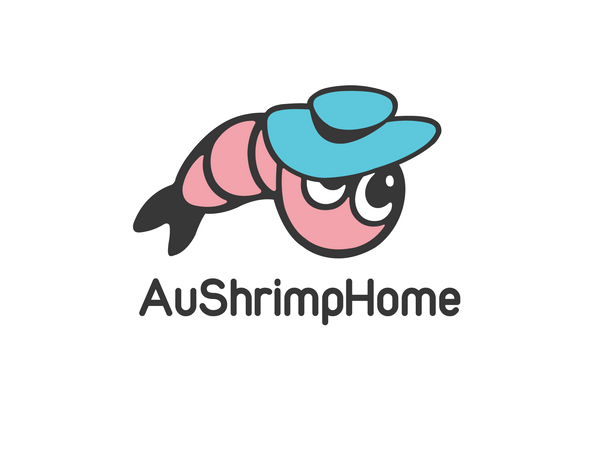
Comprehensive Guide to Cherry Shrimp (Neocaridina davidi): Care, Habitat, and Breeding
Share
Cherry shrimp, scientifically known as Neocaridina davidi, are small freshwater crustaceans that are highly popular among aquarium enthusiasts. Originating from the rivers and lakes of Taiwan, these shrimp have become a staple in the aquarium hobby due to their vibrant colors and relatively easy care requirements.
Physical Characteristics
Cherry shrimp are typically small, reaching up to 1.5 inches in length. They come in various shades of red, from light pink to deep crimson, with females generally being larger and more intensely colored than males. Selective breeding has led to different grades and color variations, such as the fire red and painted fire red shrimp, which are prized for their vivid hues.
Habitat and Environmental Needs
These shrimp thrive in freshwater environments with stable water parameters. Ideal conditions include a temperature range of 22°C to 26°C and a pH between 6.5 and 7.8. They prefer tanks with plenty of live plants, which provide hiding spots and surfaces for algae and biofilm to grow, their primary food sources. A darker substrate can enhance their coloration and reduce stress.
Behavior and Compatibility
Cherry shrimp are non-aggressive and spend their time scavenging for food, making them excellent tank cleaners. They are best kept with small, non-aggressive fish such as otocinclus catfish or snails, as larger or more aggressive fish may prey on them. They are also prolific breeders, and under optimal conditions, their population can grow rapidly.
Feeding
As scavengers, cherry shrimp feed on algae, biofilm, and detritus. They can also be supplemented with commercial shrimp pellets, blanched vegetables like zucchini and spinach, and algae wafers. Overfeeding should be avoided to maintain water quality.
Lifespan and Breeding
Cherry shrimp have a relatively short lifespan, typically living up to two years. They reach sexual maturity at around 30 days and can breed quickly, producing fully formed miniature shrimp rather than larvae. Maintaining proper water quality and providing a balanced diet are crucial for successful breeding.
Conclusion
Cherry shrimp are a delightful addition to any freshwater aquarium, offering both aesthetic appeal and practical benefits as tank cleaners. Their hardiness and adaptability make them suitable for both beginners and experienced aquarists, provided their specific care requirements are met.
